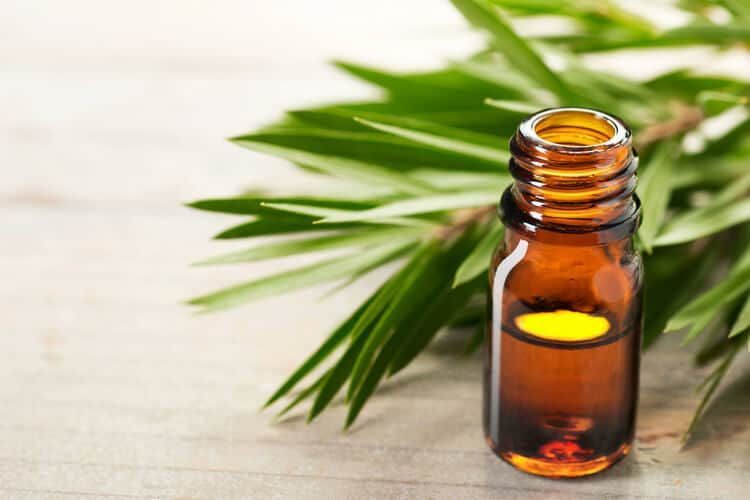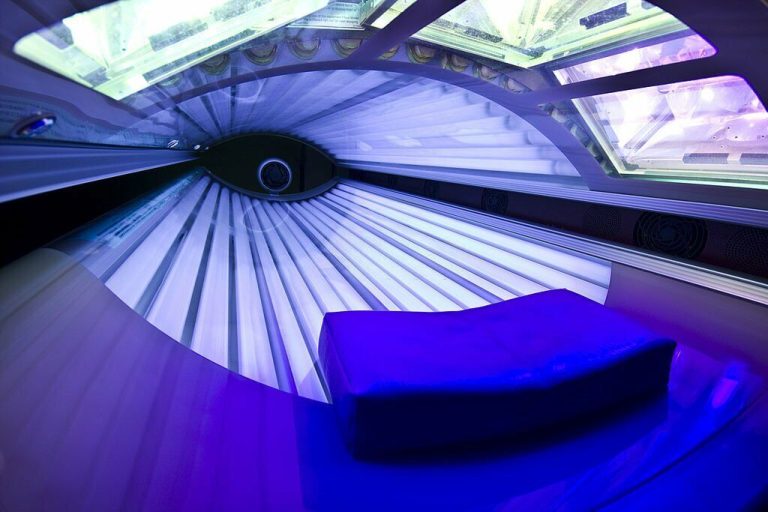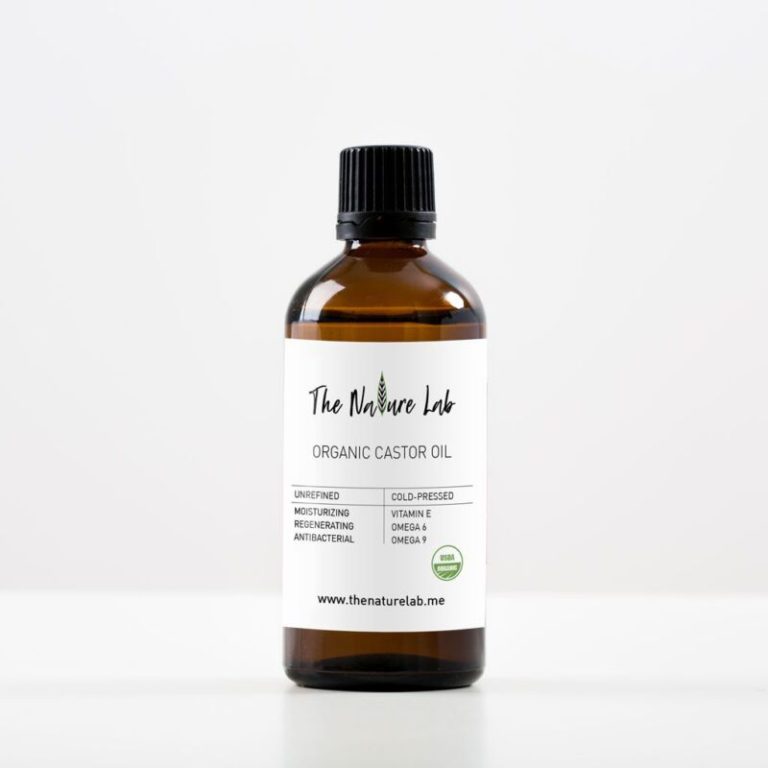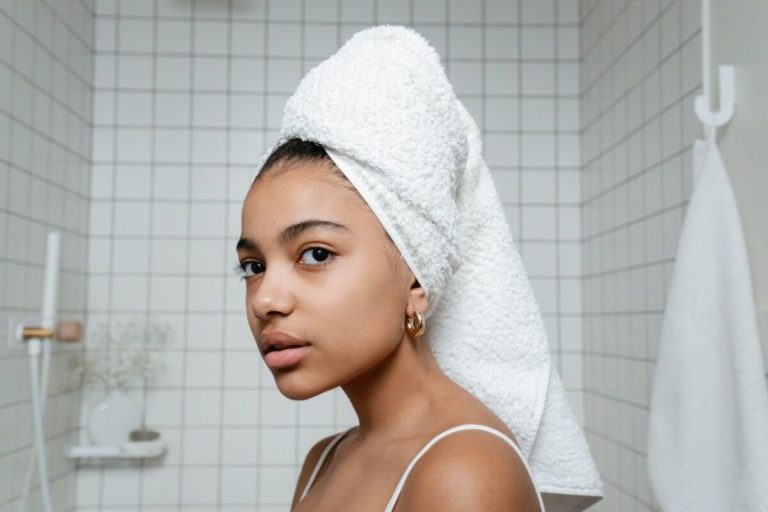How to Treat and Prevent Ingrown Hairs After Waxing?
If you’ve ever gotten a wax, you know how amazing smooth, hair-free skin feels afterwards. But sometimes, those silky results come with an unpleasant side effect: ingrown hairs. I deal with ingrown hairs all the time, so I wanted to share what I’ve learned about how to prevent and treat them.
Ingrown hairs can be itchy, painful, and just downright annoying. The good news is, with proper aftercare, you can minimize ingrown hairs and even treat them at home when they do pop up. In this article, I’ll explain what causes ingrown hairs, how to prevent them next time you wax, and most importantly – how to find relief when they inevitably occur.
What Are Ingrown Hairs?
Contents
First, let’s cover the basics. An ingrown hair occurs when the freshly cut or shaved hair starts to grow back into the skin, instead of rising up and out of the follicle. The hair then becomes trapped underneath the skin, unable to pierce through the surface. This causes inflammation, redness, and even infection in severe cases.
Waxing can increase the occurrence of ingrown hairs for a few reasons:
- The hair is ripped out at the skin level, leaving a sharp tip that can easily grow back downward into the follicle.
- Dead skin cells and oils build up in the open hair follicle, blocking the path for new hair growth.
- Some hairs may get broken off at the skin’s surface during waxing, leaving them extra prone to growing inward.
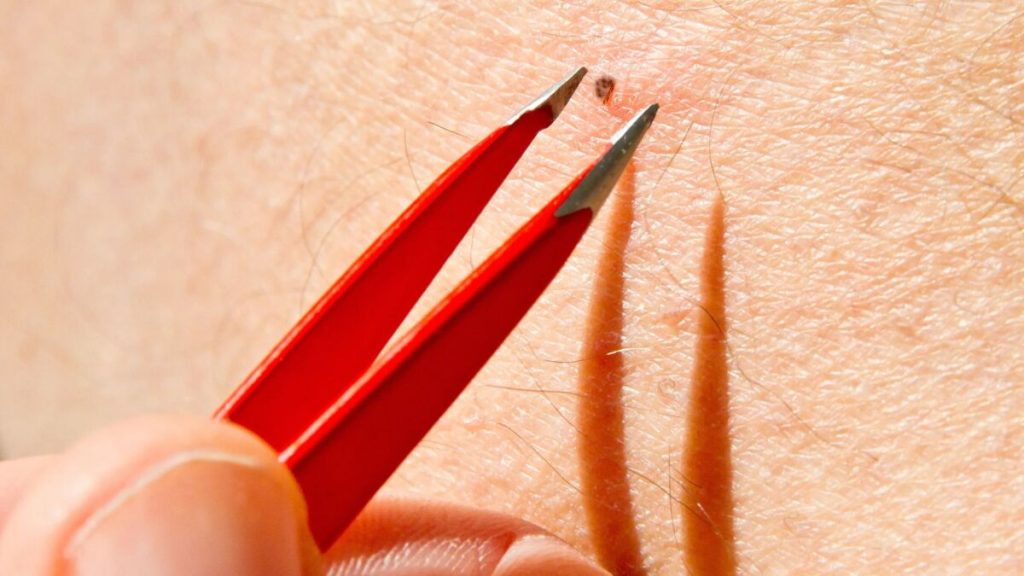
Preventing Ingrown Hairs Before Your Next Wax
While ingrown hairs are very common post-waxing, there are some things you can do to reduce the risk:
Properly Prep Your Skin
Be sure to prep your skin properly before waxing to avoid trapping hairs under dead skin cells and debris:
- Cleanse and exfoliate to remove any dirt, oil, or product buildup.
- Soak in a warm bath if possible to open up hair follicles.
- Make sure hair length is appropriate – 1/4 inch for body waxing.
Watch for Early Signs
Keep an eye out for any red or inflamed spots that develop in the first 24-48 hours after waxing. Early intervention can help prevent a full-blown ingrown hair.
Proper Post-Wax Care
Be diligent about proper aftercare to allow hairs to grow out normally:
- Avoid tight clothing that could rub against tender skin.
- Use a gentle cleanser and moisturizer made for sensitive skin.
- Exfoliate gently a few days later to clear dead skin cells.
Treating Ingrown Hairs at Home
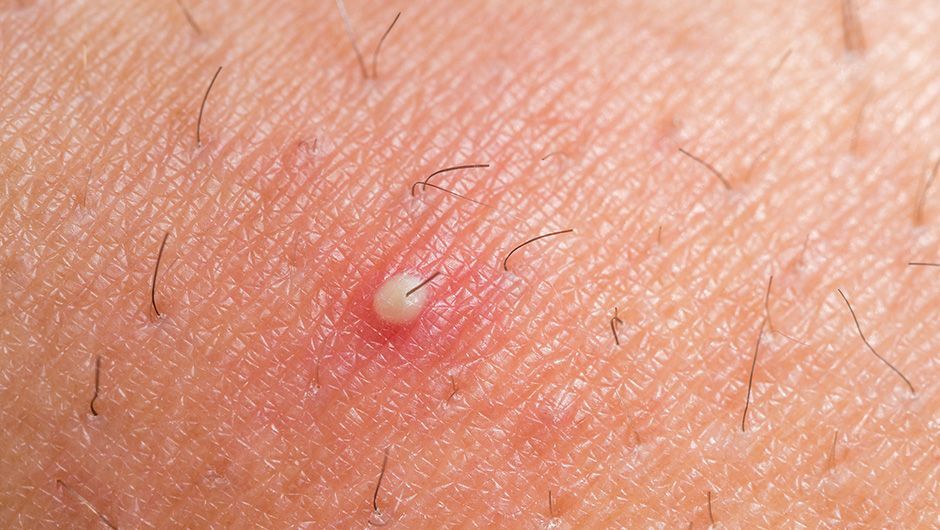
Even with great pre- and post-waxing care, ingrown hairs sometimes sneak through. Here are some tips for treating them at home:
Warm Compress
A warm compress helps soften skin and brings trapped hairs to the surface. Hold a warm, damp washcloth on ingrown spots for 10 minutes 2-3 times per day.
Exfoliate
Gently slough off dead skin cells by massaging the area with a warm washcloth, dry brush, or chemical exfoliant. This helps free trapped hairs.
Extract the Hair
Using sterile tweezers, try gently lifting the curled hair out of the skin. Avoid plucking it out completely. Clean the tweezers with rubbing alcohol first to prevent infection.
Medications
Over-the-counter creams with salicylic acid or retinoids can help clear inflammation and loosen ingrown hairs. Use for a few days along with warm compresses. See my picks for the best ingrown hair creams.
When to See a Professional
Most ingrown hairs resolve within a few days with at-home care. But if symptoms persist or worsen, it’s time to see a dermatologist. Signs that professional help is needed include:
- Intense itching, burning, or pain
- Redness and inflammation spreading beyond the hair follicle
- Pus, ooze, or bleeding
- Visible infection
- Scarring or dark marks left behind
A doctor can safely extract more severe ingrown hairs, prescribe stronger topical medications, or administer cortisone shots to reduce swelling. Laser hair removal may be an option if ingrown hairs are a constant problem for you.
Should You Stop Waxing if You Get Ingrowns?
Ingrown hairs are par for the course with waxing, especially for those with curly or naturally coarse hair. While bothersome, ingrown hairs don’t necessarily mean you have to give up waxing completely. Just be diligent about proper prep and aftercare.
If you find ingrown hairs are too much to deal with, you may want to try alternatives like threading or sugaring. These pull hair from the root like waxing, but tend to cause less irritation for some people. Discuss the pros and cons with your aesthetician.
Tips to Prevent Ingrown Hairs After Waxing
Here are a few more tips to keep in mind post-wax to avoid ingrown hairs:
- Avoid tight, synthetic fabrics that can irritate skin.
- Refrain from heavy sweating for 24-48 hours.
- Schedule waxing appointments 1-2 weeks after your period, when pain tolerance is higher.
- Apply aloe vera gel after waxing to soothe skin.
- Wear sunscreen if spending time outside to prevent hyperpigmentation.
The Takeaway: Proper Post-Wax Care Prevents Ingrown Hairs
Dealing with ingrown hairs is just part of the waxing process for many of us. With diligent pre- and post-waxing skin care, most ingrowns can be avoided or resolved quickly at home.
Remember to exfoliate and moisturize before waxing, cleanse gently afterwards, and use warm compresses and over-the-counter creams at the first sign of irritation. This should help keep those prickly hairs at bay!
However, if symptoms are severe or persist longer than a few days, it’s best to have a dermatologist remove the ingrown hair and recommend treatment options. Don’t be afraid to wax again – just be prepared with proper aftercare to keep skin smooth and healthy.

Founded by Sophia Rodriguez, IGXO Cosmetics is a PETA-certified, cruelty-free, and vegan makeup brand.
